Ixcela Tests Key Metabolites in Your Gut
Our test is backed by scientific studies. Learn more about the metabolites we test as well as relevant references.
Using just a pinprick of blood, Ixcela measures gut-specific metabolites to provide a personalized wellness plan that helps you feel and look great. Below is a list of metabolites we test. These metabolites are either produced by, or used by your gut microbiome. Since reporting indivdual values is not that helpful for most people, Ixcela results show how these metabolite levels impact five areas of health: Gastrointestinal Fitness, Immuno Fitness, Cognitive Acuity, Emotional Balance, and Energetic Efficiency.
Our test is backed by scientific studies. Learn more about the metabolites we test as well as relevant references.
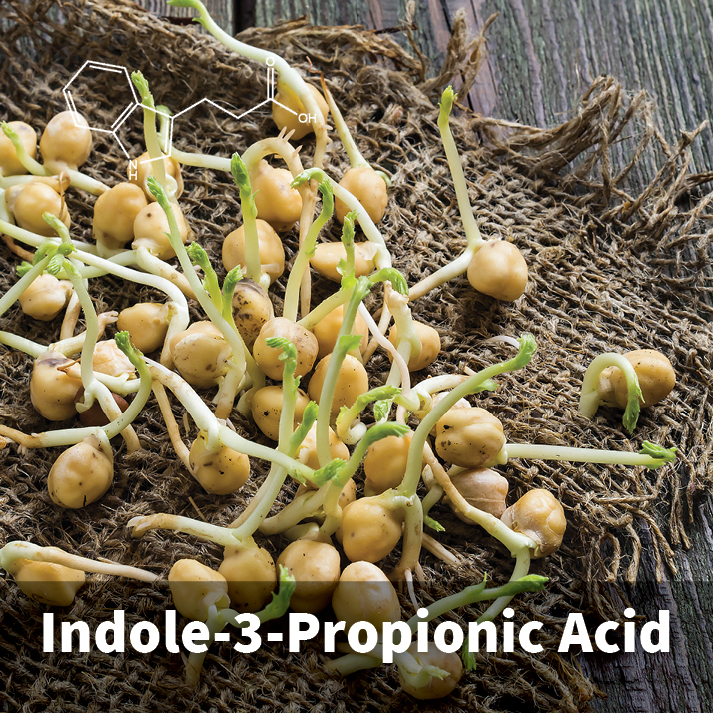
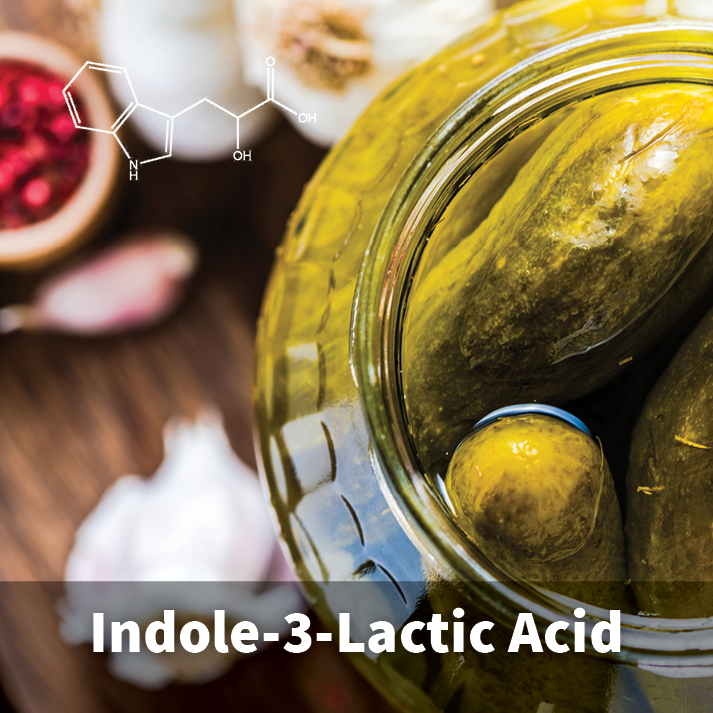
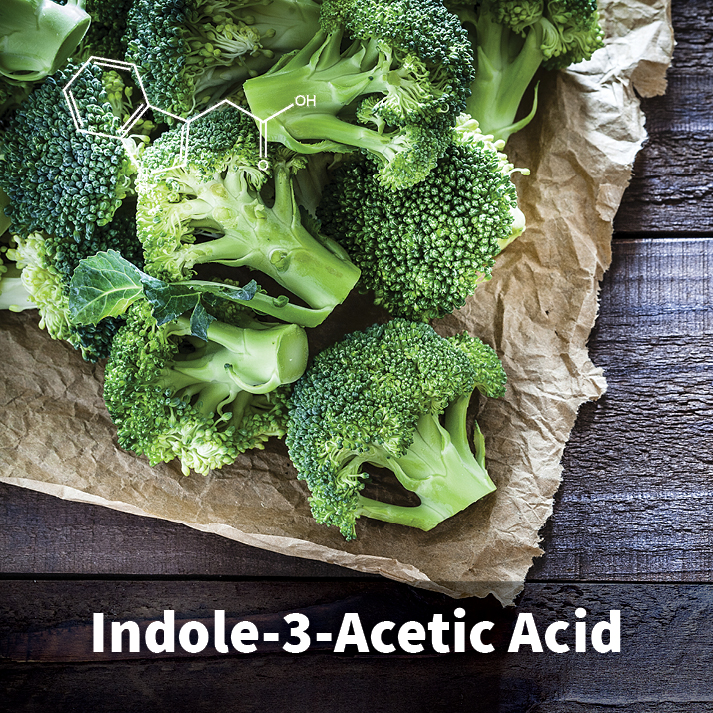
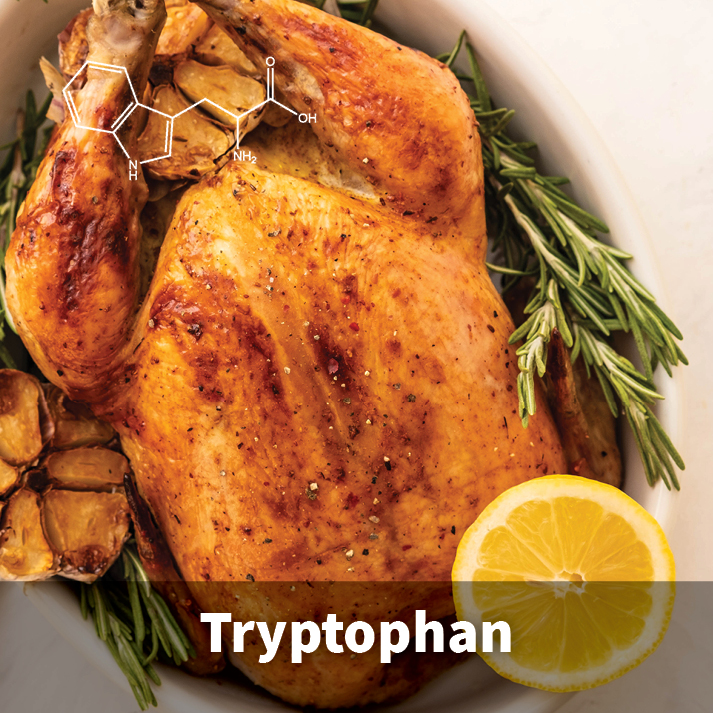
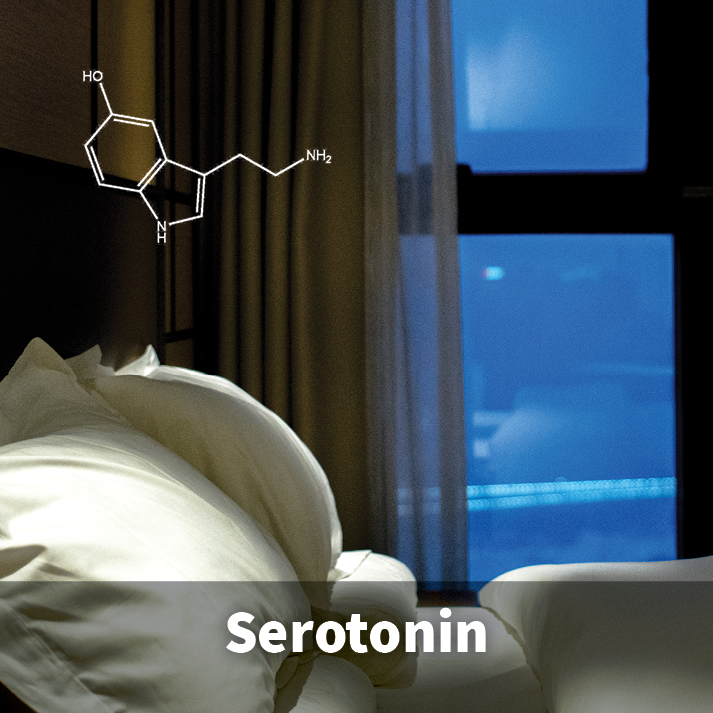
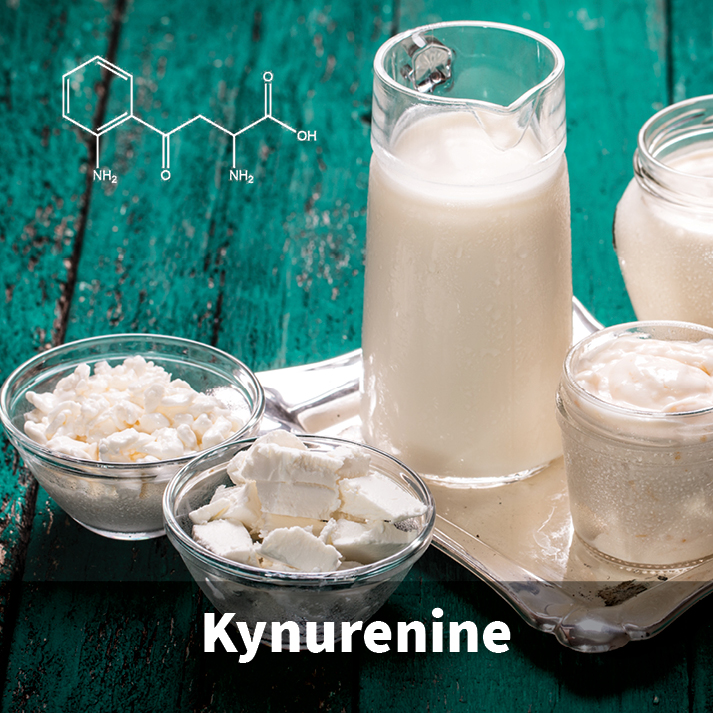
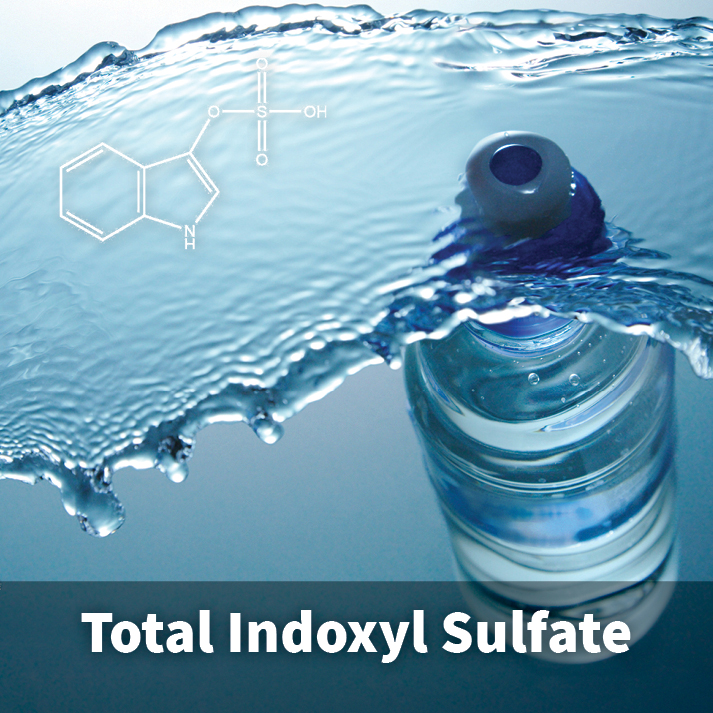
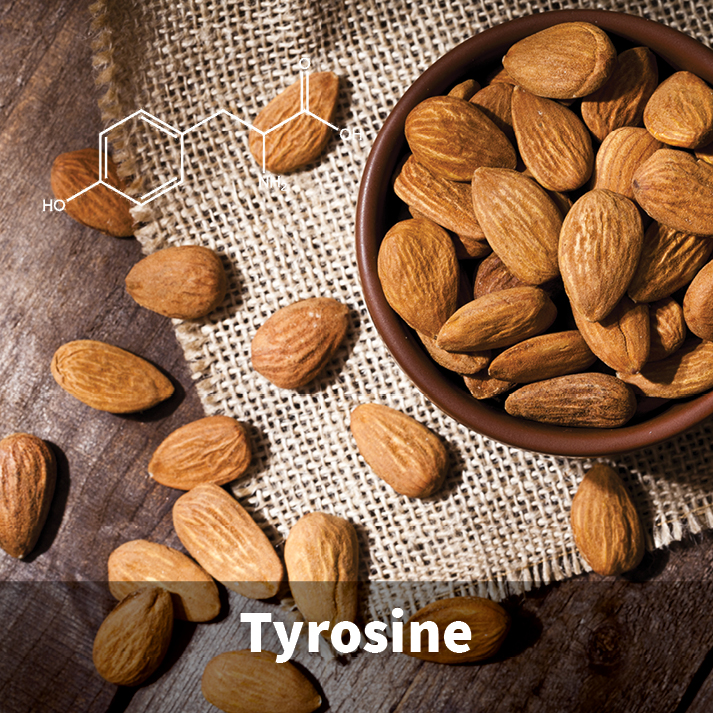
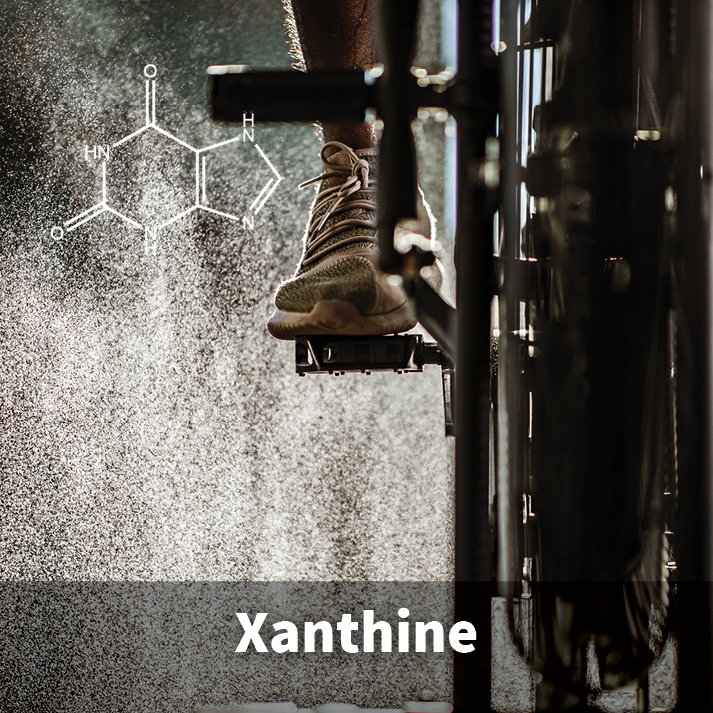
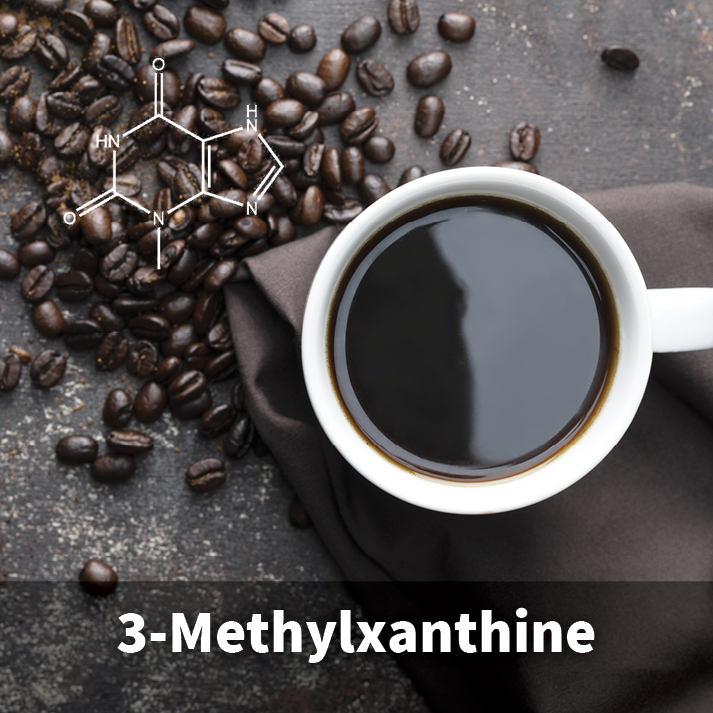
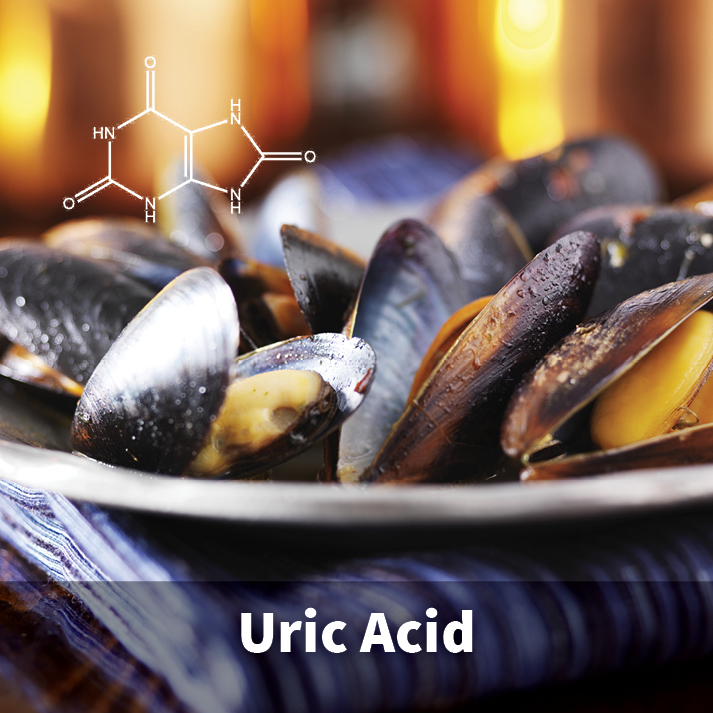
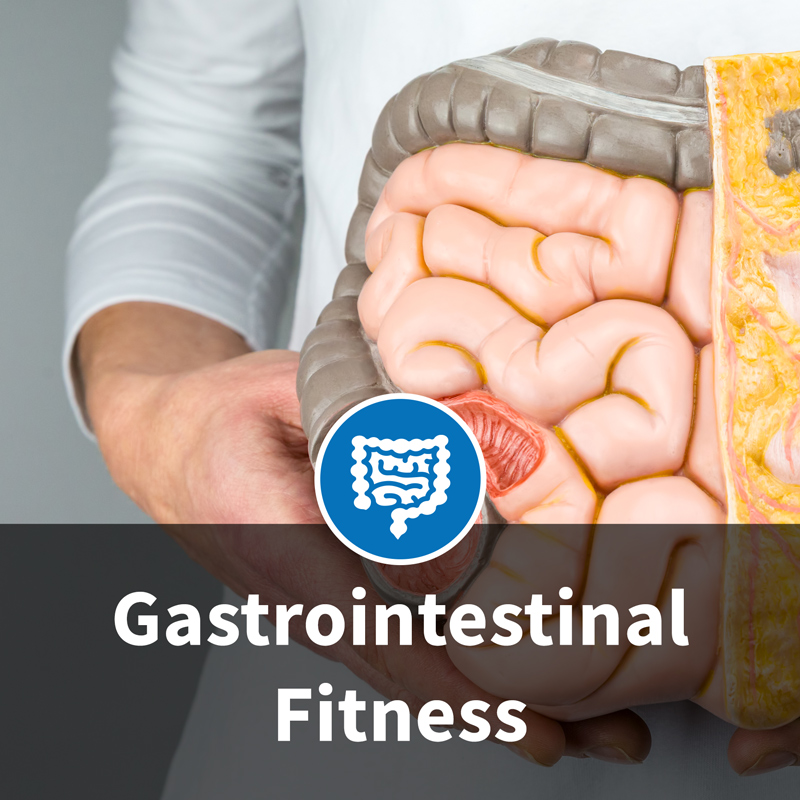
The gastrointestinal (GI) tract is an organ system comprising the esophagus, stomach, and the large and small intestines. The GI tract is responsible for the swallowing and digestion of food, absorption of nutrients, and generation of waste. The GI tract is also home to trillions of microbes, known as the gut microbiome, which has been found to be vital to GI and systemic health, modulation of the immune system, and regulation of brain function.1–3 GI health and fitness revolves around maintaining the structural integrity of the intestinal wall and maintaining optimal levels of biochemicals and gut microbes. A number of metabolites associated with gut health are measured using the Ixcela Internal Fitness™ test kit, resulting in your Gastrointestinal Fitness score.
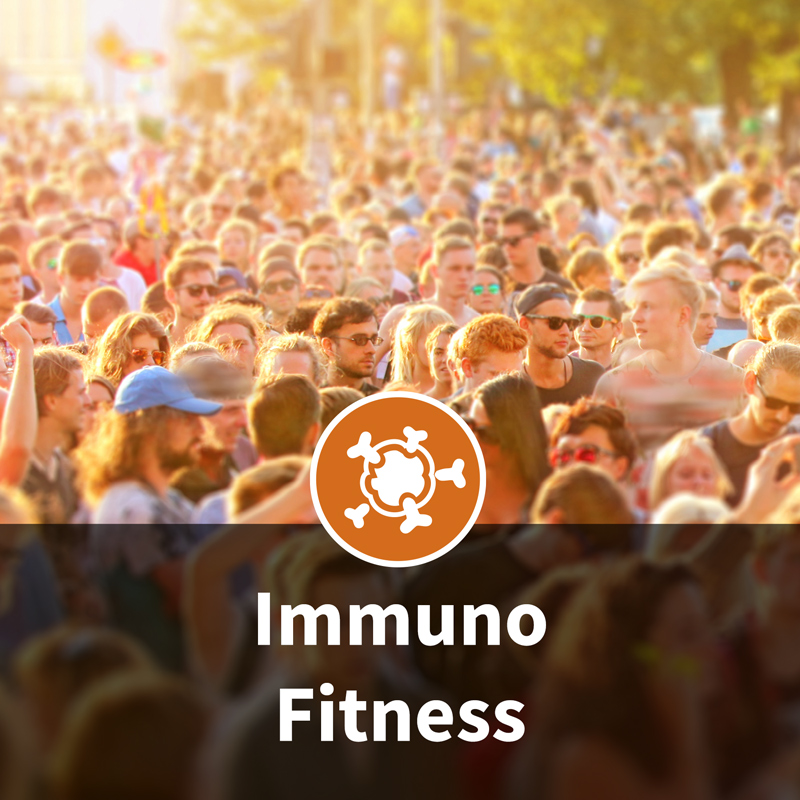
The immune system’s response to various physiological perturbations plays a significant role in maintaining optimal internal health. Additionally, research has shown that the relationship between the body’s immune system and the gut microbiome is inter-dependent, with both systems producing compounds that affect each other.1,6–9 A healthy gut improves the body’s ability to fight infection. Growth and development of the gut microbiome over the human lifespan, especially postnatally and through infancy, also influences development of the immune system and vice versa.1,10 Normal levels of antibodies and immune cells, stable gut wall integrity, and lack of food allergies are some characteristics of a healthy immune system. The Immuno Fitness score is a measure of immune health and is modulated by certain key metabolites.

Emotional well-being is one of the most important factors in the overall health of an individual. The body’s response to stress—physical, physiological, or psychological—is a key determinant in regulation of emotional state,3,14 and studies increasingly support that the gut microbiome is a major contributor to stress response3,14,15 and thus emotional well-being. Through various biochemicals, the gut microbiome has been linked to affecting mood, anxiety, and other conditions modified by stress.3,14-16 Your Emotional Balance score is a measure of emotional health and is modified by the composition of microbes and levels of metabolites in the gut.

In the last decade, there has been tremendous research about the complex bidirectional communication between the brain and gut microbiome. Through numerous studies, it has become evident that the gut microbiome regulates, and is itself regulated by, the brain via various hormones and signaling molecules.3,5,14,15 Effects of the gut microbiome on the brain have been linked to certain types of microbial species residing in the gut.3,20 Through mechanisms such as stimulation of the nervous system, production of toxic metabolites, and change in intestinal wall permeability, the gut microbiome influences neurological chemistry and function, enhancing cognitive function.3,5,14–16 Cognitive Acuity is a measure of gut-mediated neurological health.

Major functions of the gut are digestion of food and absorption of nutrients, and the gut microbiome plays a critical part in these processes.1,4,11,21 Microbes in the gut synthesize molecules known as short-chain fatty acids from nondigestible dietary components.1,22,23 These molecules act as a source of energy for the body and promote cellular mechanisms that maintain tissue integrity. Additionally, studies have found that harvesting energy from food is a microbial species-dependent process.24,25 Thus, having the right microbes in your gut will improve your daily energy levels. Your Energetic Efficiency score is reflective of the gut microbiome’s ability to effectively harness energy for the body.
*These statements have not been evaluated by the FDA. These products are not intended to diagnose, treat, cure or prevent any disease.